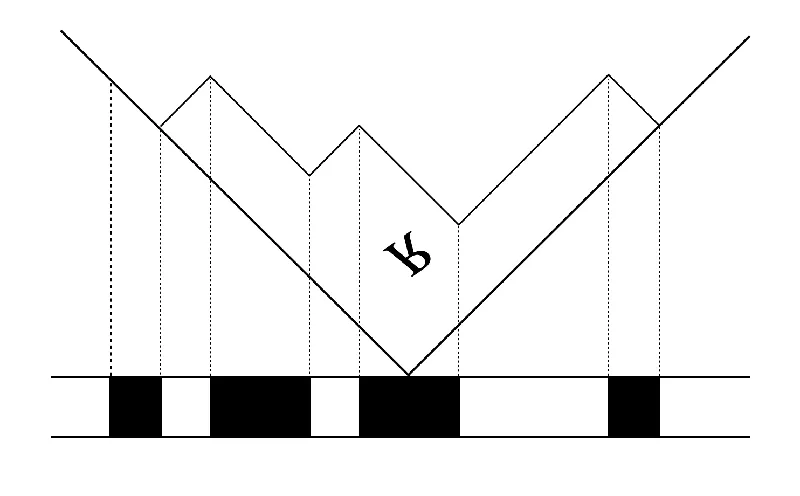Unlocking the Quantum Cosmos: The AdS/C-P-T Correspondence Revealed

A groundbreaking new research paper delves into the intricate interplay between symmetries in quantum field theory, specifically focusing on the C, P, and T transformations within N = 4 super Yang-Mills (SYM) theory. This enlightening study offers critical insights into the AdS/CFT correspondence, suggesting that these discrete symmetries have profound implications not only for theoretical physics but also for our understanding of the universe at its most fundamental levels.
The Importance of C, P, and T Symmetries
In the realm of quantum field theory, the C (charge conjugation), P (parity), and T (time-reversal) symmetries are cornerstones that ensure the consistency of physical laws across different frames. The research highlights how, in N = 4 SYM, the C, P, and T transformations can be tied to the gauge symmetries of Type IIB string theory on an AdS5 × S5 background. This identification sheds light on the deeper structural connections between different physical theories, merging quantum and gravitational realms.
Key Findings from the Study
Among the most intriguing outcomes of this research is the identification of global symmetry transformations with those in the bulk space of string theory. The paper outlines how the P and T transformations, while valid, necessitate a break of the SU(4) R-symmetry, distinguishing them from the C transformation which preserves this symmetry. This reveals the complex choreography of symmetries operating in high-energy physics and their dual relationships in quantum gravity.
The Dual Correspondence Explained
One of the significant contributions of this research is the formulation of the AdS/C-P-T correspondence, a duality that maps the symmetries of N = 4 SYM in a precise manner to those in the string theory framework. This duality is characterized by:
- C: Corresponds to the worldsheet parity combined with fermionic parity.
- P: Linked with the parity operation on the gauge fields in the bulk.
- T: Captured via temporal transformations and adjustments in the geometry of string theory.
Defects and Their Importance
The research also introduces the concept of charge conjugation monodromy defects within N = 4 SYM, which impose unique boundary conditions on fields and have significant implications for understanding the infrared behavior of the theory. These defects, which cannot be screened, highlight the pivotal role of symmetries in shaping the physical characteristics of gauge theories and their gravitational counterparts.
Broader Implications and Future Directions
The implications of these findings stretch far beyond theoretical musings. By exploring charge conjugation defects and their behavior under various transformations, this research not only contributes to our understanding of fundamental physics but also opens avenues for future explorations.
In summary, the work not only illuminates the delicate balance of symmetries within quantum field theories but also raises tantalizing questions about the fabric of reality itself. As researchers move forward from this valuable contribution, the hope is to synthesize these abstract concepts into a more coherent framework that can potentially unify disparate elements of physical theory.